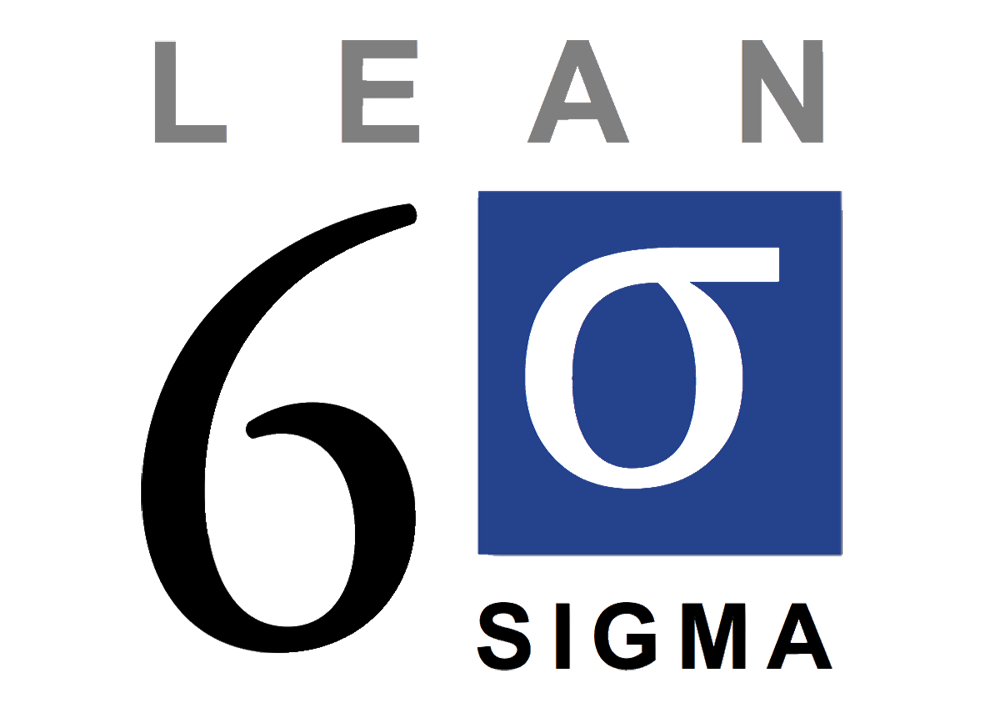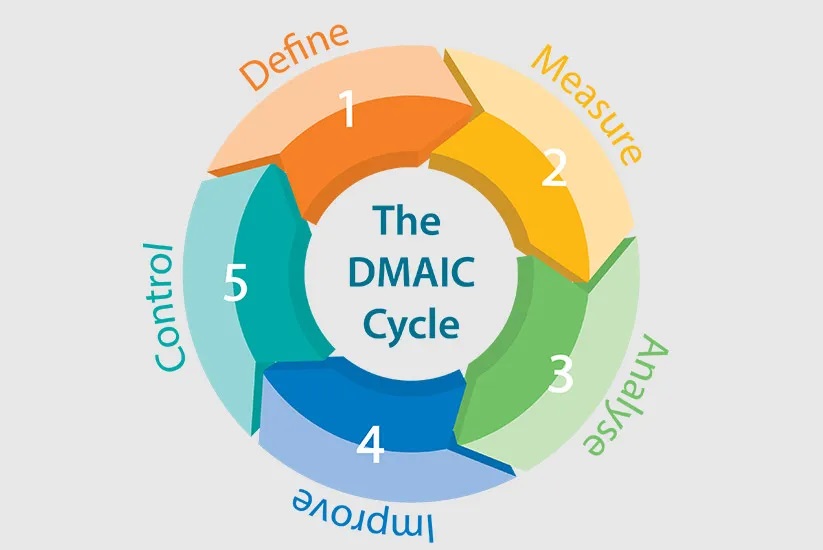Charlotte Residents - Learn Lean Six Sigma’s History Here
Contact Us

When researching or learning about the industry, it is not uncommon to think about Lean Six Sigma’s history. This is mainly because it can be hard to keep up with the pace and understand where everything came from. It can be confusing to grasp the many methods involved and how you can utilize LSS beyond the common use for manufacturing and regular processes. Our team at Lean Six Sigma Curriculum for Charlotte High School Students of North Carolina understands best. We can share every detail with you and won’t make it difficult for you to understand.
Before students enroll in any of the courses or training programs, we love to share the methodology’s history and purpose. This is a common practice that we find, as it shows how few people really take the time to understand the process beyond “it is an excellent method to improve processes.”
LSS is a process that focuses on customer satisfaction and continuous improvement. It helps to reduce costs and eliminate waste, which is critical for maintaining high quality and top performance.
Lean Six Sigma has been reintroduced to other industries in recent years, which means it is not only applicable to manufacturing but can also be used in other fields with the right processes and steps.
Let’s look back at the past. LSS was established to address the problems faced by American companies when Japanese companies dominated the markets and products in the 1980s.
Japan used many methods to accomplish this feat, including the Kaizen method, which is used widely by companies around the globe.
LSS’s records and history show that Six Sigma and Lean, both American methods, have helped companies improve their performance and allowed them to compete with Japan. Combining both methods and getting LSS, which addresses many issues regarding employee involvement, was the way to make this possible and ensured that everyone was moving forward.
What Methodologies Compete With LSS?
Before you can use it or dive deeper into its structures and elements to understand how it evolved, it is important to have a solid understanding of the history of Lean Six Sigma. You will need to learn more about certain methodologies for it as well:
- Kanban is a tool to manage workflows.
- Kaizen is a philosophy that encourages self-improvement and customer satisfaction.
- Value stream mapping for optimizing process delivery.
All of these were competing for methods in the 1980s. These are still an integral part of LSS’s base today, as the latter seeks to overcome all existing problems and make the USA industry the best.
Six Sigma and Lean are two of the most significant methodologies in history. LSS, which can be described as a combination, is important, so it is worth reviewing them individually if you want to find answers regarding the methodology.

Six Sigma and Lean: What Are They?
Toyota invented Lean in the late 1940s to help reduce non-value-adding activities and focus on customer satisfaction. The Lean core values were created to support and ensure companies achieve the best results:
- Your customers’ opinions can be a guide.
- It is important to reduce all waste at work.
- Keep your customers at the forefront of your mind and work to improve the solutions you offer.
Toyota Production Systems (TPS) is a system similar to how Lean was developed and the idea behind it. It is also where we first experienced its use since Toyota worked around the method and system.
Some data suggests that Lean was created from Henry Ford’s inventions on Business Process Redesign and other records dating back to the 1930s and 1940s when they were created.
Next, Motorola developed Six Sigma, and General Electric utilized it with success. Six Sigma, a process improvement method that dates back to the 1980s, was used first to reduce variability in manufacturing processes.
It is based on the DMAIC framework, which allows wastes and processes to be identified and measured. They are then improved and monitored to ensure continuous improvement.
This model is available in both DMADV and DFSS versions. 6 Sigma allows you to identify and measure the most critical indicators in a company so you can notice the areas that need improvement the most as well.
LSS for Process Improvement
Let’s take 6 Sigma and Lean into consideration and let’s not forget that LSS can be a combination of both. The latter will ensure that other gaps and needs are covered when implementing the other two individually, which makes it worth it whenever you choose it over the regular option of implementing Lean and 6 Sigma.
This method was created in the USA right after 6 Sigma entered the industry.
Since its inception in the late 1980s, it has been used in many industries. It is an excellent addition to any curriculum, especially if you are a student or professional starting in a new place and don’t have enough curriculum to be considered over other applicants.

Contact Lean Six Sigma Curriculum Pros of Charlotte if you are interested in adding certifications or training to your curriculum. LSS is also something that you can offer students and workers as a school or entire business.
